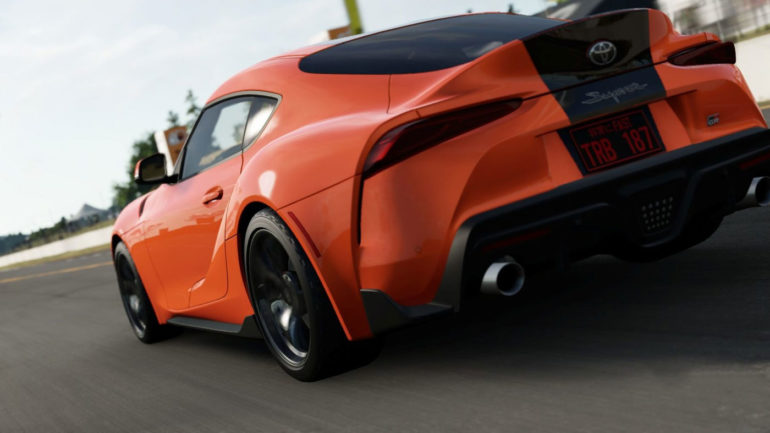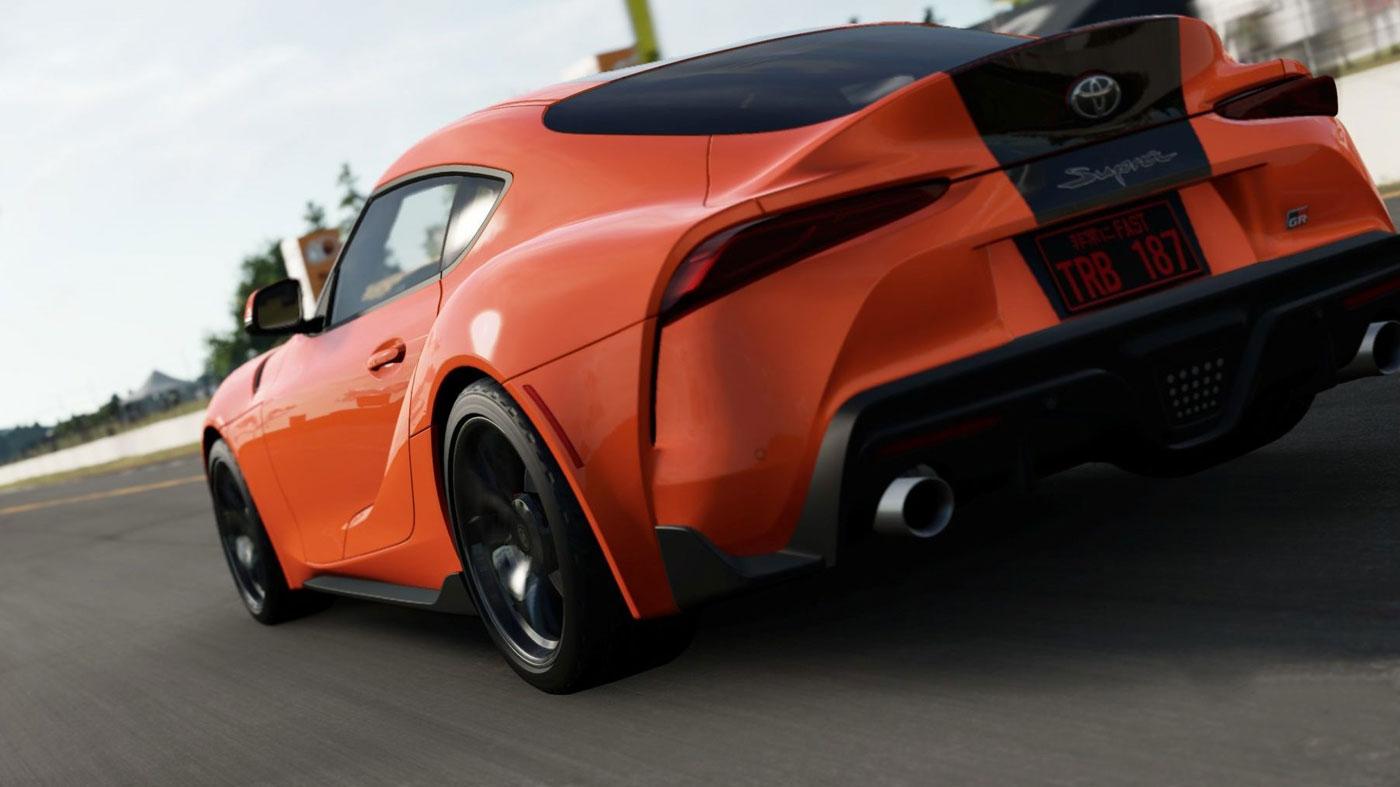Project Cars 3 represents a fascinating shift in focus. Boasting more than 200 cars, a range of new tracks and some variety thanks to car and driver customisation, the biggest change in Slightly Mad Studios’ popular series is actually the way it feels to play. The experience is marred by some graphical inconsistencies and the career mode can feel like a slog, though what’s here is more accessible than ever without stripping away what car enthusiasts want out of a deep, simulation racer.
It’s hard to call Project Cars 3 a simulator, though. Major gamepad refinements have been made and it finally feels great to play on something other than a fully kitted-out racing set. Coming from recent hours with Forza Horizon 4, I was initially worried about the learning curve thrown my way much like previous Project Cars entries, yet it only took a few laps of the Henan Loop in Shanghai in my trusty Honda Civic Type R to get accustomed to Project Cars 3’s basic gameplay loop.
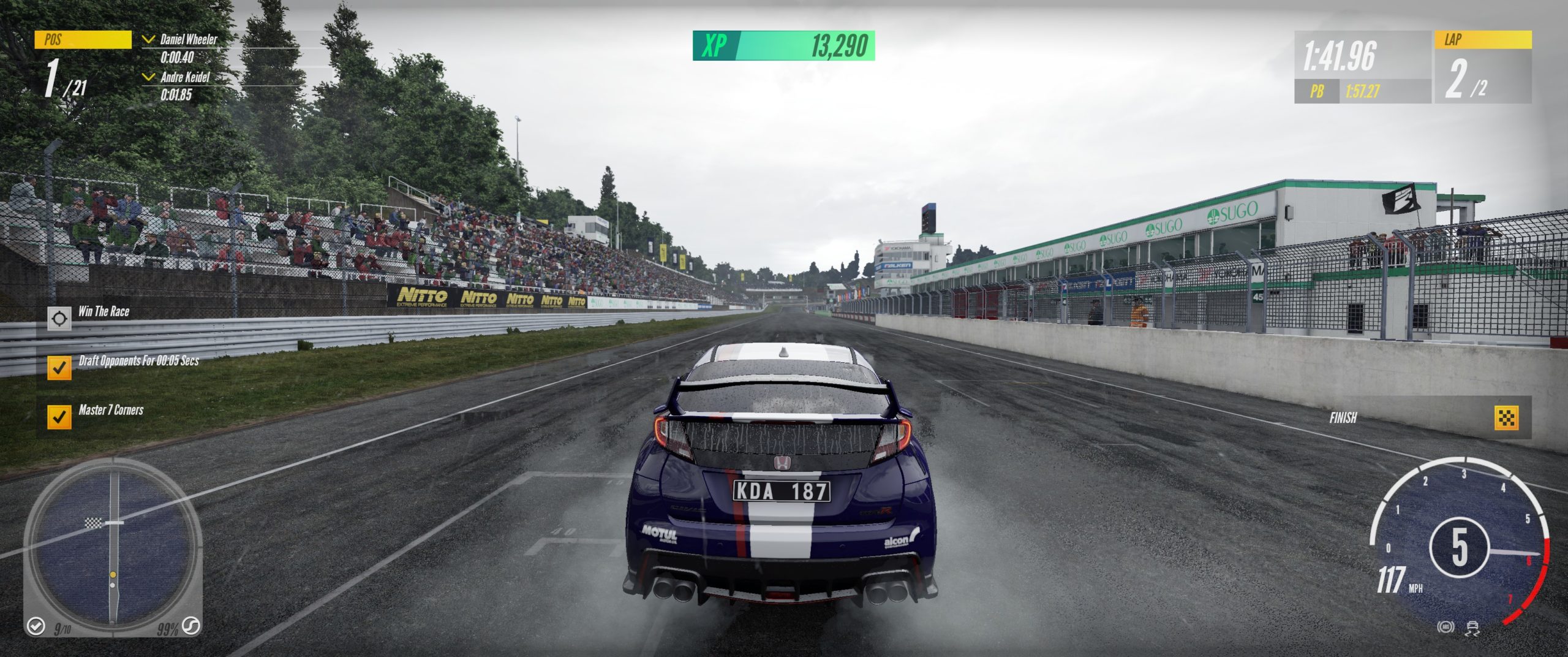
The term simcade gets thrown a lot, yet it’s probably the best way of describing PC3. While you still have an impressive amount of tools at your disposal if you’d like to tinker with vehicle specifics and punishing minor mistakes, Slightly Mad Studios has clearly put a lot of effort into making the game accessible to newcomers. There’s a range of basic options to help you on your way, whether it’s general driving assists or on-road guidance markers to perfect a track without having to practice and memorise bends and straights until the break of dawn.
This culminates in an experience that never feels like it’s pushing too far on either end of the spectrum. As someone who enjoys more of the arcade action seen in the Need for Speed and Forza Horizon series, I’m more than appreciative of PC3 finding a way of engaging those interests while also staying true to the series’ roots. You’re still penalised for driving dirty and flinging yourself off the track will invalidate lap times, but a happy medium seems to have been reached.
Career mode has seen a bit of a face-lift in Project Cars 3, with race objectives now as important as placement. By far my favourite addition to the game, three objectives are given to you in each race and activity you partake in throughout the game’s career mode. Objectives range from mastering a certain number of corners to registering a clean lap. Completing these tasks helps you move up racing tiers and works towards unlocking more things to do. Like most racers, you kick off your career in the slower racing bracket and move up by getting podium finishes and accomplishing the aforementioned objectives, levelling up your driver and vehicle in the process.
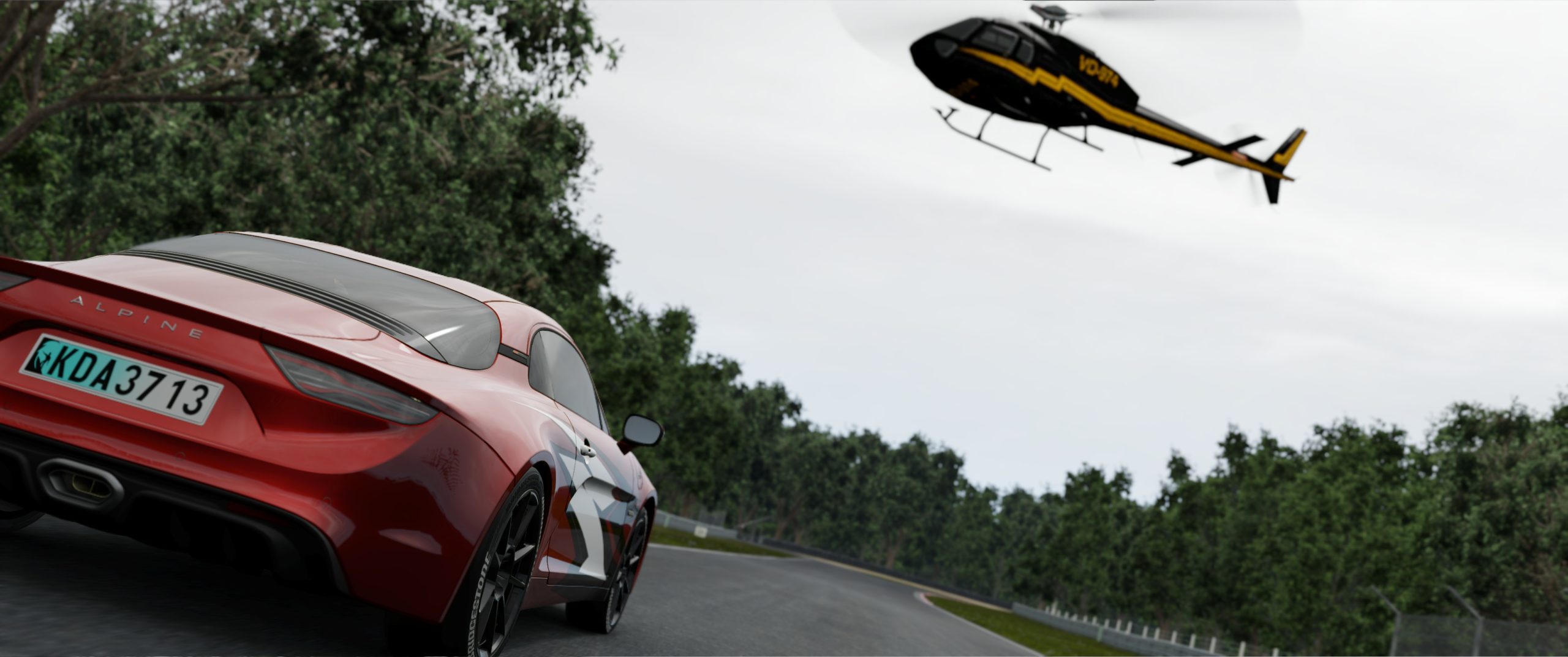
Unlike earlier entries, you can now own vehicles and store them in a showroom, too – upgrading and customising them to your heart’s content. Owning a vast collection of vehicles is the name of the game here, as race tiers (and the races therein) sometimes require specific vehicle conditions before you can participate.
In my opening hours with the game this wasn’t a big issue, as I had enough credits to purchase a couple of vehicles and upgrade them to match the right spec required for tournaments and general races. However, the further I got into PC3’s career mode the more I felt like I kept hitting stumbling blocks — cars became more expensive, race requirements became more specific and I then had to jump back into races I’d already completed to grind for credits. I understand the need to space out content, but for a game that boasts over 200 vehicles and 50+ tracks, it was a bit frustrating to have to go back and repeat things I’d already done to move on to the more exciting race classes and enjoy the majority of tracks on offer.
Luckily, grinding through the game’s career mode isn’t just filled with stock-standard racing modes. Slightly Mad Studios have adequately spiced up some race types to make it not always feel like an absolute grind, like the enjoyable block-breaking mode Breakout. It’s worth noting the custom event mode allows you to jump into any track with any vehicle from the get-go and earn XP and credits that way, though you don’t have objectives to work towards.

While it isn’t as incessantly driven on punishing you for every little mistake as its predecessors were, Project Cars 3 and its variety of cars all handle differently in some way or another and take quite a bit of time to master, as does every weather-induced surface change on a track. I cannot count how many times I downplayed the impact a small puddle would have only to then be sent careening off the edge of the course. It’s things like this that separates PC3 from the pack – it’s a constant reminder that this series is a racing enthusiasts’ bread and butter. It’s a lot more welcoming, of course, though there’s still a learning curve to be aware of.
Attention to detail is evident throughout the entirety of Project Cars 3, though I couldn’t help but feel a bit disappointed by the game’s general presentation when I wasn’t sifting through tracks or customising and buying new vehicles. There’s no ray tracing implementation even though other competitors are now touting it as the quintessential visual improvement for the genre and general world detail is also noticeably jarring. Tracks, cars and racers all have next-gen-like detailing yet zooming past notable attractions in tracks like the Nürburgring felt less awe-inspiring than I had hoped. As well as this, most of the music included is forgettable. I ended up switching out to a Spotify playlist and that made the racing experience a lot more tolerable than the basic EDM beats played on repeat.
The game’s photo mode is a standout, though, with a range of filters and effects that can be applied to create some truly breathtaking in-game photos. I particularly liked the ability to change aperture and shutter speed of the picture while also being able to add in effects like chromatic aberration to spice up shots of the game’s many vehicles and tracks. I constantly found myself distracted by the allure of a nice shot during a big race when major weather events happened, and that’s a testament to the slew of options available.
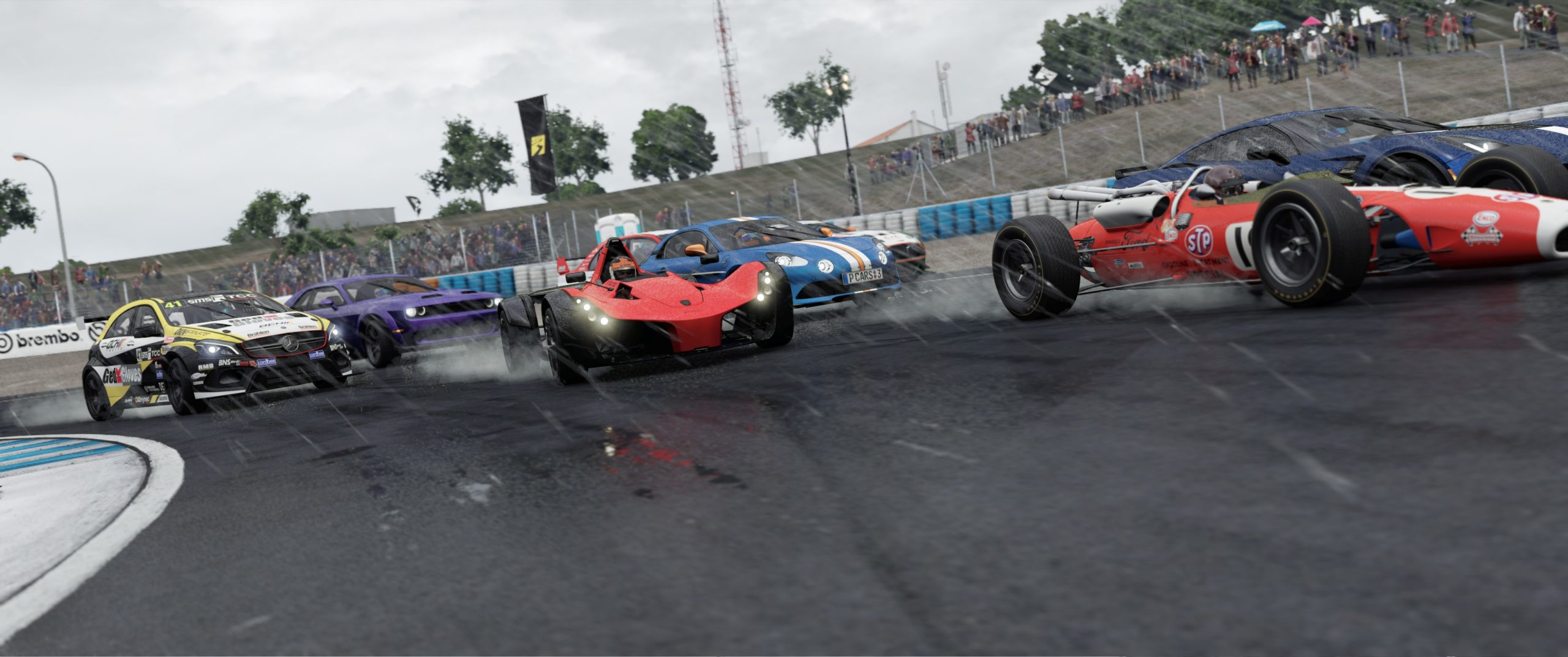
With all that said, it’s hard to argue against Slightly Mad Studios’ third iteration of the Project Cars series being the most accessible yet. It accomplishes its goal of finally making the series more inviting for newcomers and rewards you for diving deep into its variety of modes, though career can be frustratingly grindy at times. While not as impressive in its visual presentation, there’s still a lot to love for newcomers and experienced Project Cars vets alike.


